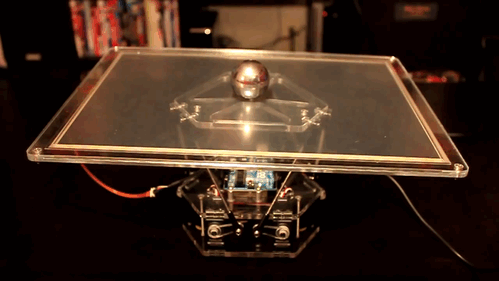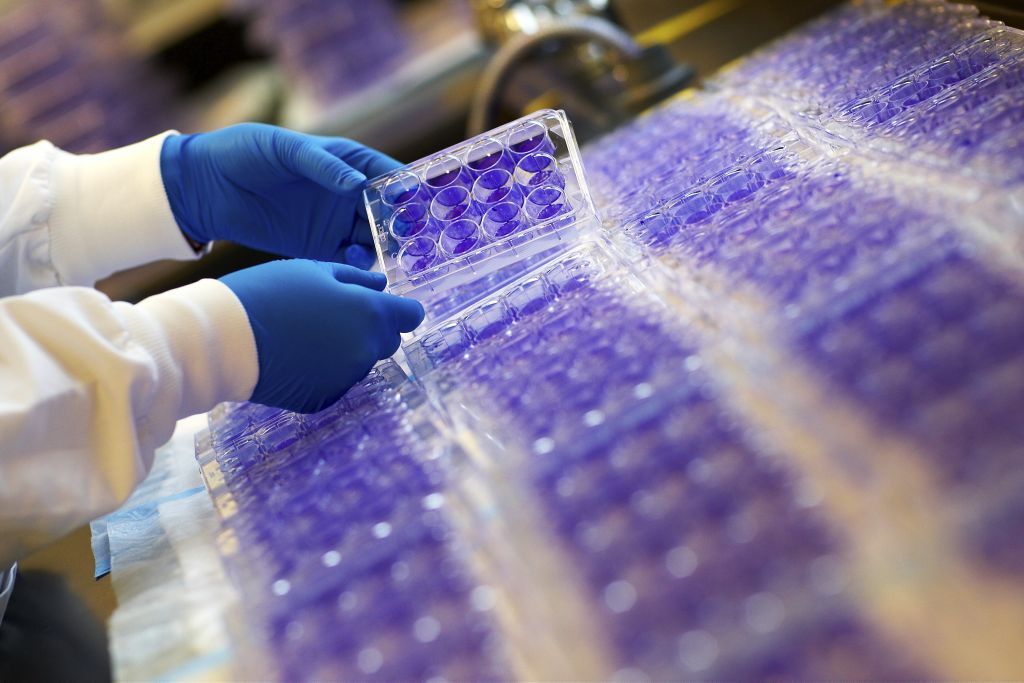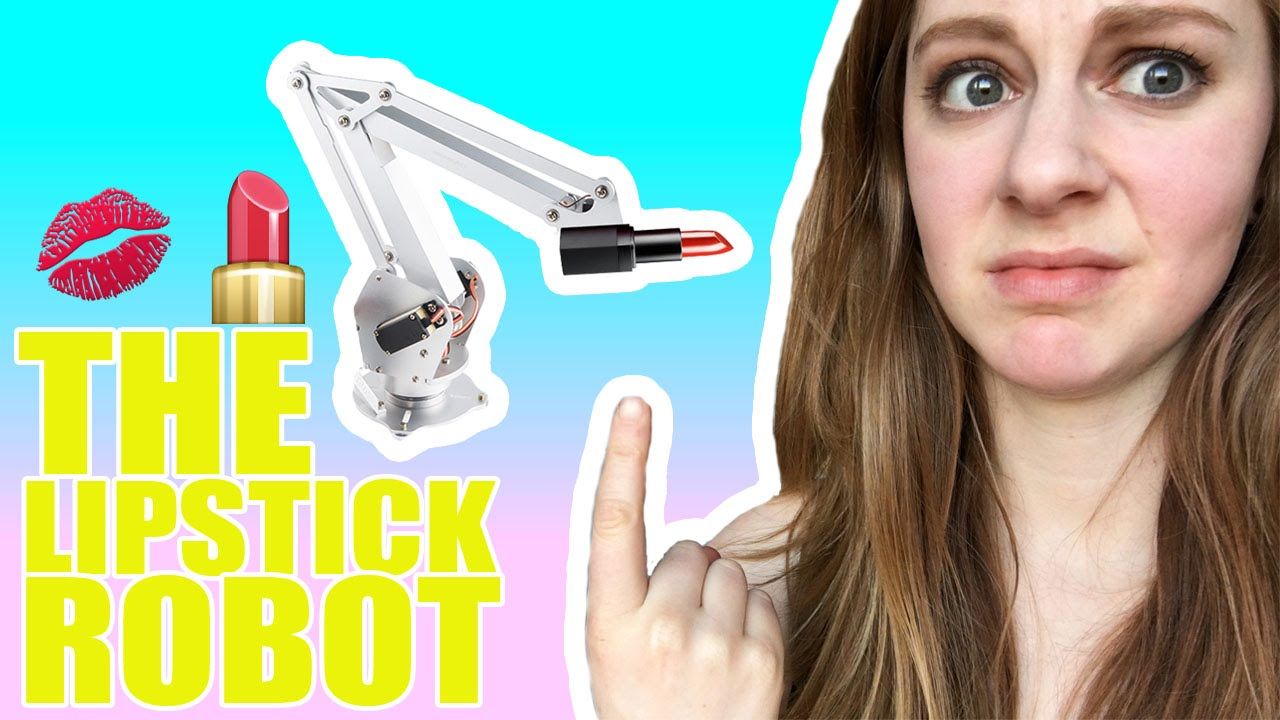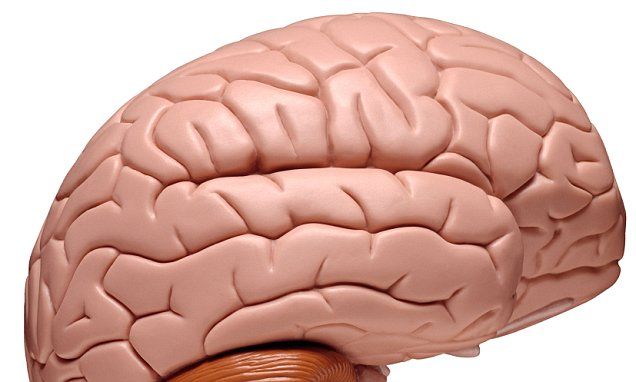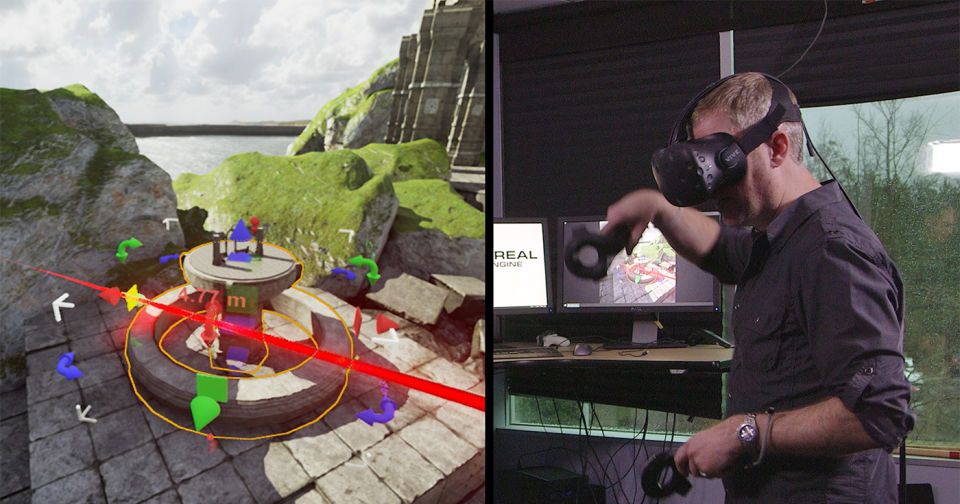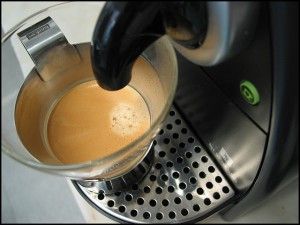
We can just imagine the scenario that spawned this paper: a bunch of microbiologists sitting around the lab coffee machine, looking for a way to procrastinate, and voila…coffee machine microbiome! Here, the researchers not only sampled bacteria from 10 different Nespresso machines, but they also “conducted a dynamic monitoring of the colonization process in a new machine” (charge new lab coffee machine to grant: check). They found that bacteria rapidly colonized the sludge that sits inside the machines, and many of these species were adapted to the high levels of caffeine and other compounds found in coffee. We’d suggest that they study what lives in the office fridge next, but really–not even a microbiologist wants to go there!
The coffee-machine bacteriome: biodiversity and colonisation of the wasted coffee tray leach
“Microbial communities are ubiquitous in both natural and artificial environments. However, microbial diversity is usually reduced under strong selection pressures, such as those present in habitats rich in recalcitrant or toxic compounds displaying antimicrobial properties. Caffeine is a natural alkaloid present in coffee, tea and soft drinks with well-known antibacterial properties. Here we present the first systematic analysis of coffee machine-associated bacteria. We sampled the coffee waste reservoir of ten different Nespresso machines and conducted a dynamic monitoring of the colonization process in a new machine. Our results reveal the existence of a varied bacterial community in all the machines sampled, and a rapid colonisation process of the coffee leach. The community developed from a pioneering pool of enterobacteria and other opportunistic taxa to a mature but still highly variable microbiome rich in coffee-adapted bacteria. The bacterial communities described here, for the first time, are potential drivers of biotechnologically relevant processes including decaffeination and bioremediation.”
Read more

